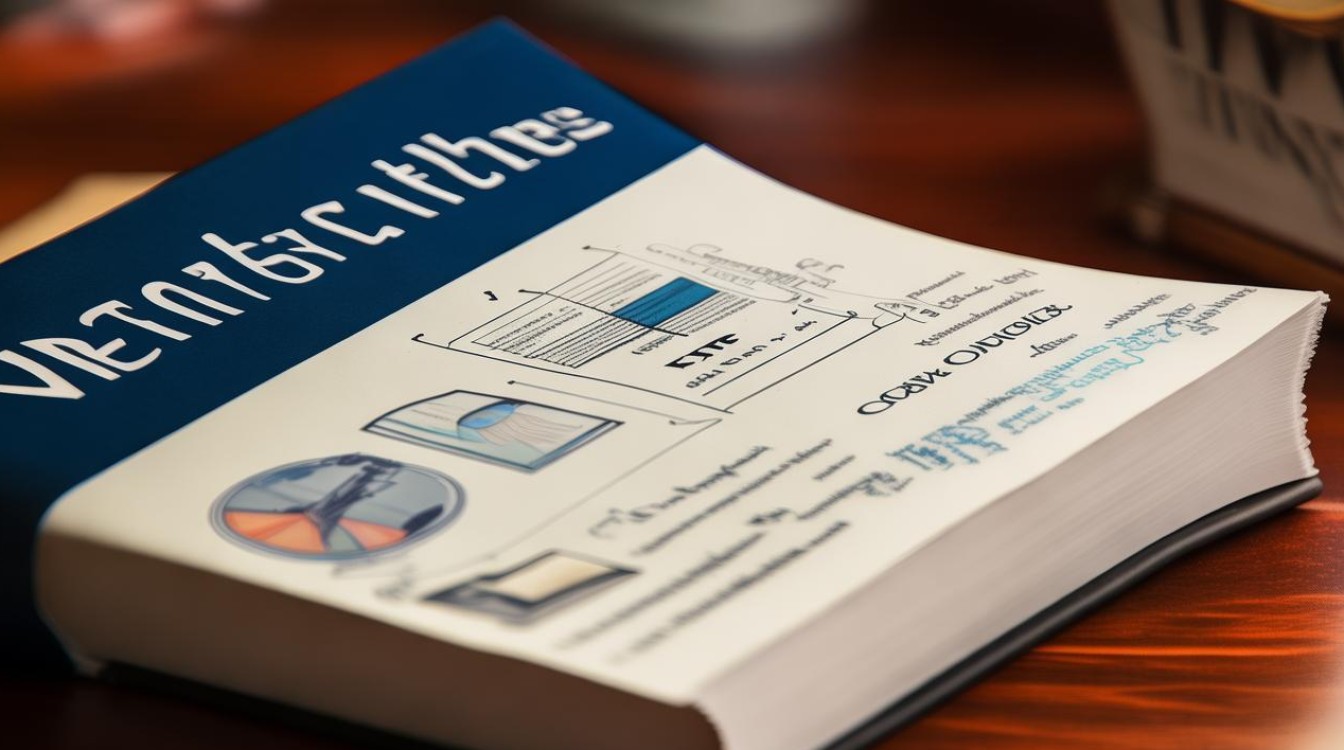雅思写作考试是许多考生感到压力较大的部分,尤其是面对不同类型的作文题目时,如何精准把握写作方向至关重要,2018年的雅思作文题目涵盖了多种类型,包括议论文、报告类、利弊分析等,本文将详细解析这些类型,并提供实用的写作技巧,帮助考生在考试中取得理想成绩。

议论文(Argumentative Essay)
议论文是雅思写作Task 2中最常见的类型,要求考生针对某一观点或问题表达自己的立场,并提供论据支持,2018年的议论文题目涉及教育、科技、环保、社会等多个领域。
常见题目示例:
- “Some people believe that university education should be free for all students. To what extent do you agree or disagree?”
- “The increasing use of technology in education is beneficial for students. Do you agree or disagree?”
写作结构建议:
- 引言(Introduction):简要介绍话题,明确表达自己的立场。
- 主体段落(Body Paragraphs):
- 第一段:支持观点的第一个理由,结合实例或数据。
- 第二段:支持观点的第二个理由,进一步论证。
- 第三段(可选):反驳对立观点,增强说服力。
- Conclusion):重申立场,总结核心论点。
高分技巧:
- 避免绝对化表达,如“always”或“never”,使用“tend to”“often”等更客观的词汇。
- 使用逻辑连接词,如“moreover”“however”“in contrast”等,增强文章连贯性。
报告类(Report Writing)
通常出现在雅思写作Task 1(学术类)中,要求考生描述图表、流程图或地图的变化趋势,2018年的题目以数据图表为主,如柱状图、折线图、饼图等。

常见题目示例:
- “The chart below shows the percentage of people using different modes of transportation in a city between 2000 and 2018. Summarize the information by selecting and reporting the main features.”
- “The diagram illustrates the process of recycling plastic bottles. Describe the stages in your own words.”
写作结构建议: Overview)**:简要概括图表的主要趋势或流程的关键步骤。
- 细节描述(Detailed Description):
- 数据类图表:比较最高值、最低值、变化趋势。
- 流程图:按顺序描述每个步骤。
- 地图:对比不同时间点的变化。
高分技巧:
- 避免简单罗列数据,应分析趋势或对比差异。
- 使用多样化表达,如“a significant increase”“a slight decline”“remained stable”等。
利弊分析(Advantages and Disadvantages)
要求考生讨论某一现象或政策的优缺点,2018年的常见话题包括全球化、远程办公、社交媒体等。
常见题目示例:
- “Discuss the advantages and disadvantages of working from home.”
- “What are the positive and negative effects of social media on society?”
写作结构建议:
- :简要介绍话题,说明将讨论其利弊。
- 主体段落:
- 第一段:列举2-3个优点,并举例说明。
- 第二段:列举2-3个缺点,并分析影响。
- :可以给出个人观点,或总结利弊的平衡点。
高分技巧:
- 确保优缺点数量均衡,避免偏颇。
- 使用对比句式,如“While…, …”“On the one hand…, on the other hand…”
双边讨论(Discussion Essay)
要求考生分析对立观点,并给出自己的看法,2018年的题目多涉及文化、政策、科技等争议性话题。

常见题目示例:
- “Some people think that governments should spend money on public services rather than on arts. Discuss both views and give your opinion.”
- “Some argue that children should start learning a foreign language at primary school, while others believe it is better to wait until secondary school. Discuss both sides and give your own view.”
写作结构建议:
- :介绍话题,说明将讨论两种观点。
- 主体段落:
- 第一段:支持第一种观点的理由。
- 第二段:支持第二种观点的理由。
- :明确表达个人立场,并简要说明原因。
高分技巧:
- 避免简单重复题目,应深入分析每个观点的合理性。
- 在结论部分清晰表达个人观点,避免模棱两可。
问题解决型(Problem-Solution Essay)
要求考生分析某一问题的原因,并提出解决方案,2018年的题目涉及环境污染、交通拥堵、健康问题等。
常见题目示例:
- “Many cities face the problem of traffic congestion. What are the causes, and what measures can be taken to solve this issue?”
- “Obesity is becoming a serious health problem in many countries. Explain the causes and suggest possible solutions.”
写作结构建议:
- :简要描述问题及其严重性。
- 主体段落:
- 第一段:分析问题的2-3个主要原因。
- 第二段:提出2-3个可行的解决方案。
- :总结问题与解决方案,强调行动的重要性。
高分技巧:
- 原因与解决方案需对应,确保逻辑严谨。
- 使用具体例子或数据增强说服力。
个人观点表达(Opinion Essay)
要求考生直接表达对某一话题的看法,2018年的题目多涉及生活方式、价值观等。

常见题目示例:
- “Some people believe that happiness is more important than money. Do you agree or disagree?”
- “Is it better to live in a big city or a small town? Give your opinion.”
写作结构建议:
- :明确表达个人观点。
- 主体段落:提供2-3个理由支持观点,并举例说明。
- :重申观点,增强说服力。
高分技巧:
- 观点需清晰明确,避免模糊表达。
- 使用个人经历或社会现象作为论据,增强可信度。
雅思写作的高分关键在于理解题目类型、掌握写作结构,并通过逻辑清晰的论证展现语言能力,通过针对性练习和积累素材,考生可以更自信地应对各类作文题目。

